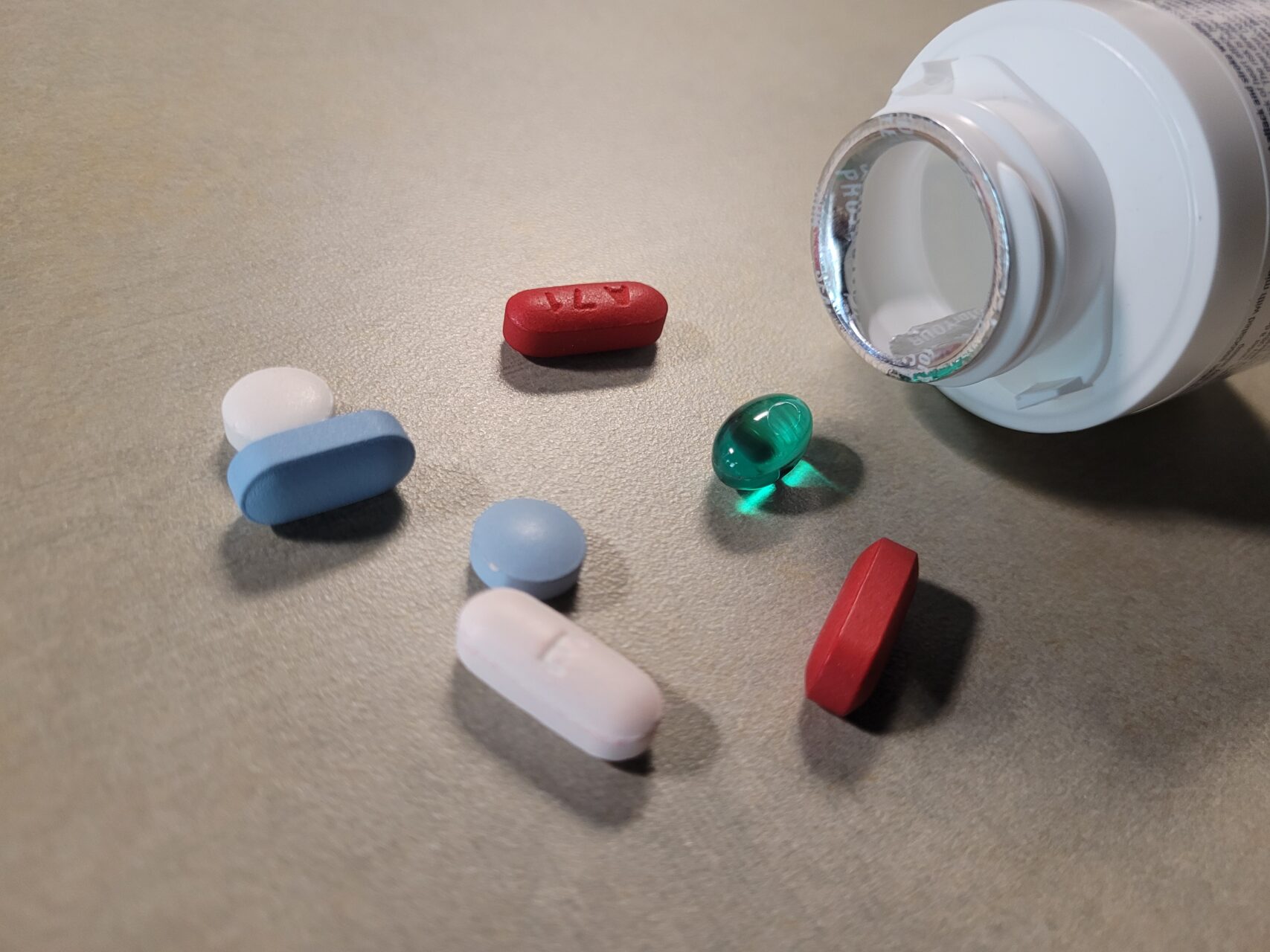
Opioid overdose in Utah is slowly decreasing, despite a national average increase, according to a new study released by the Kaiser Family Foundation.
In 2012, Utah had the second-highest level of opioid overdoses in the country, with 16.1 deaths per 100,000. By 2021, the overdose rate had decreased to 14.1, the foundation reported.
While the decrease may seem slight, in that same time frame the U.S. national average spiked from 7.4 to 24.7. According to the study, Utah has largely been immune to the sharp rise in drug abuse across the nation.
The Centers for Disease Control and Prevention reported 40.3 million Americans over the age of 12 had a substance abuse disorder in 2020.
Jordan Yorgason, assistant professor of cell biology and physiology at BYU, believes the stress of the pandemic increased drug abuse nationally.
“Stressors are something that increase risk for drug seeking … individuals isolating themselves is a huge stressor. I think that is a huge factor … if you’re isolated from your peers, maybe you have loss of enrichment, maybe you don’t get to have the same educational experience,” Yorgason said.
Shelli Yearsley, a social worker and addiction counselor, reflected on Utah’s downward trend and said lawmakers and providers had focused on education, legislation and medication to tackle opioid abuse.
“In May 2016, the Opiate Overdose Response Act was signed into law, and it expanded access to naloxone, or Narcan. This opioid antagonist medication can reverse the effects of overdose and prevent death if the drug is given in a timely manner,” Yearsley said.
Over the last few years, naloxone doses have been increasingly dispersed across Utah, the majority from the Utah Naloxone Organization.
Yearsley also believes the state has become more involved in solving the problem.
“The state has been active in Drug Take Back events, establishing more opioid treatment programs, expanding Medicaid coverage for medication-assisted treatment including methadone, suboxone and naltrexone, and stricter regulations surrounding prescriptions for patients in Utah,” Yearsley said.
Randall Peterson, professor of pharmacology and toxicology at the University of Utah, conducts research into treatment for opioid use disorder. Peterson believes, although naloxone is effective in preventing overdoses, it does not treat the user’s underlying disorder.
“The current treatments for opioid use disorder includes behavioral therapy and some medical treatments. The medical treatments include methadone and buprenorphine … both provide benefits to patients and may help them reduce or stop their opioid use eventually,” Peterson said.
The CDC provides a directory of clinics that can help provide medication-assisted therapy.
Yearsley has a vision for how Utah can continue a positive downward trend of substance abuse.
“We need to increase access to care and treatment for those struggling with Opioid Use Disorder, increase harm reduction strategies that impact the overall public health of communities and provide prevention education and training for our young people,” Yearsley said.




